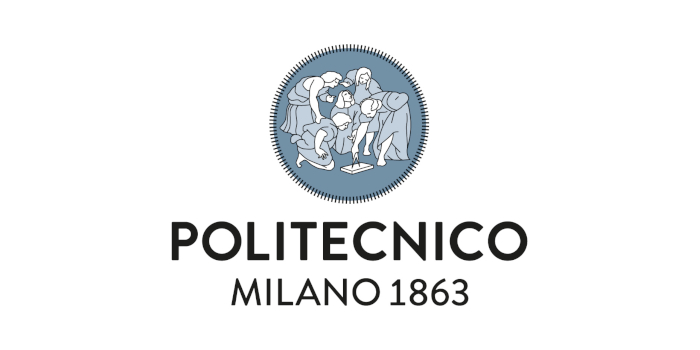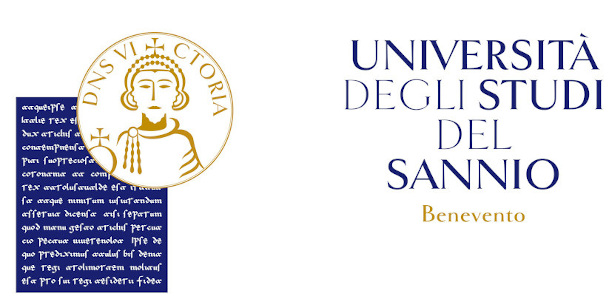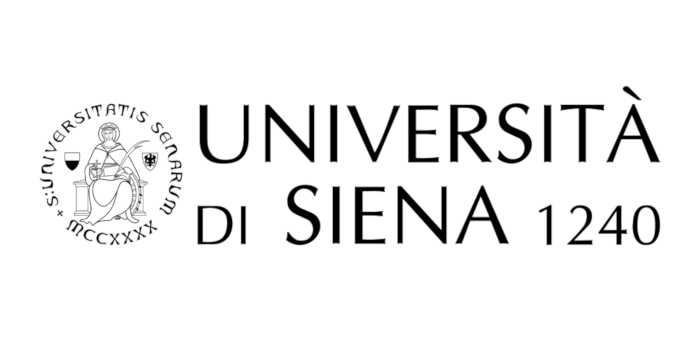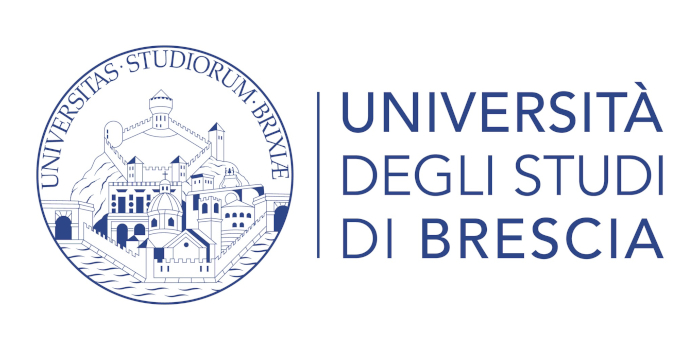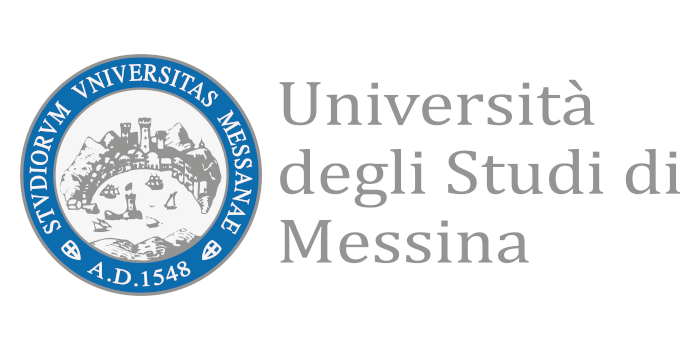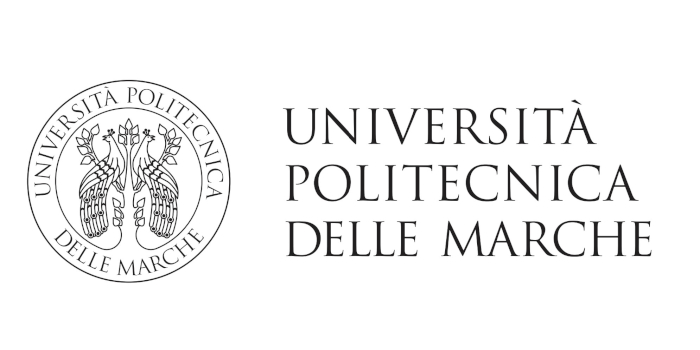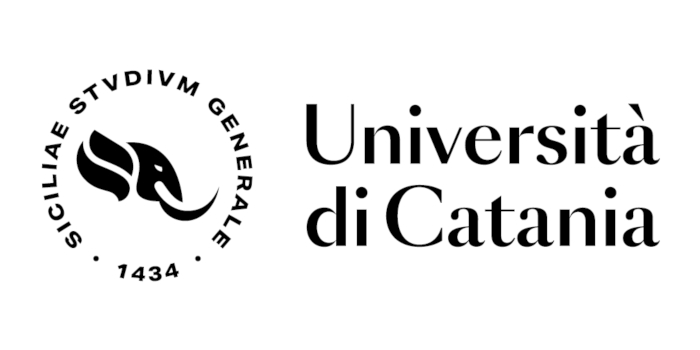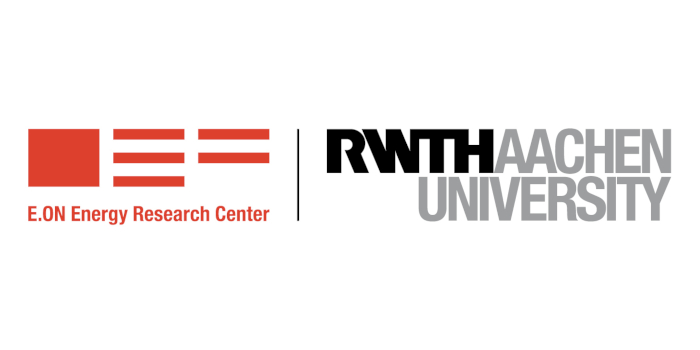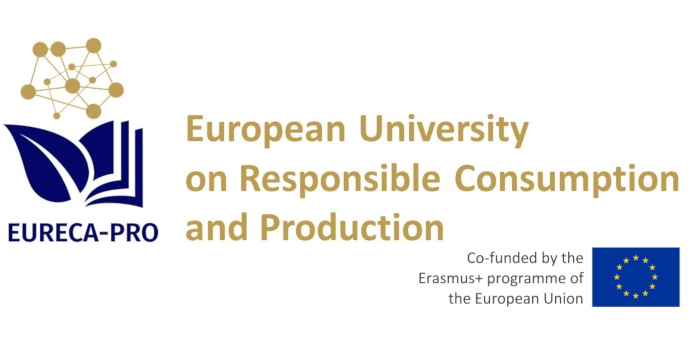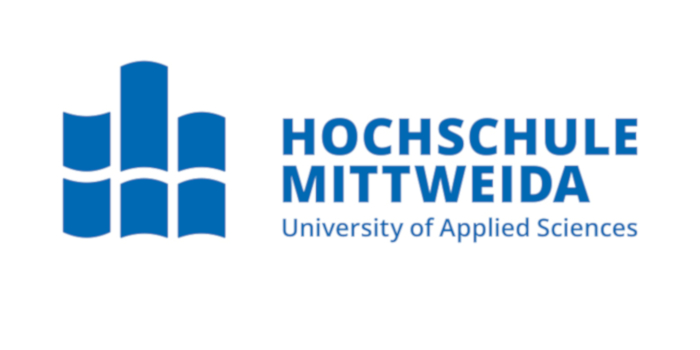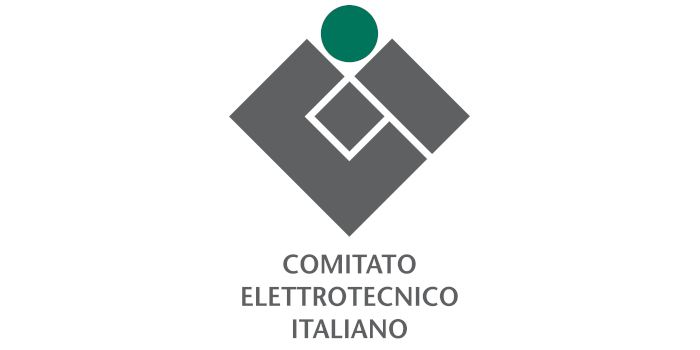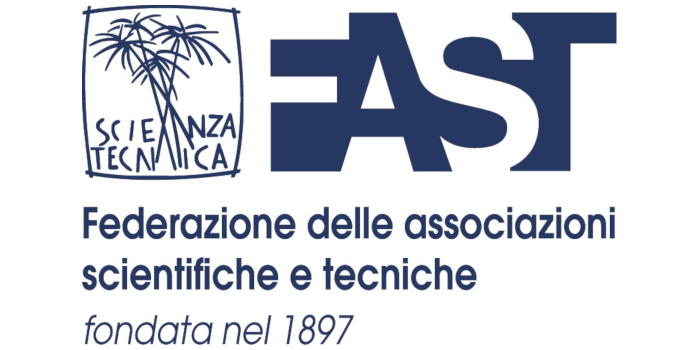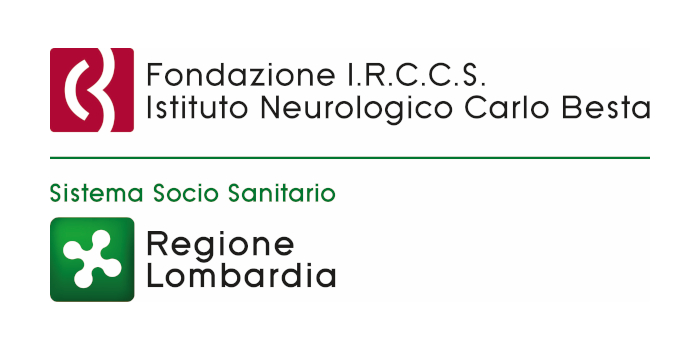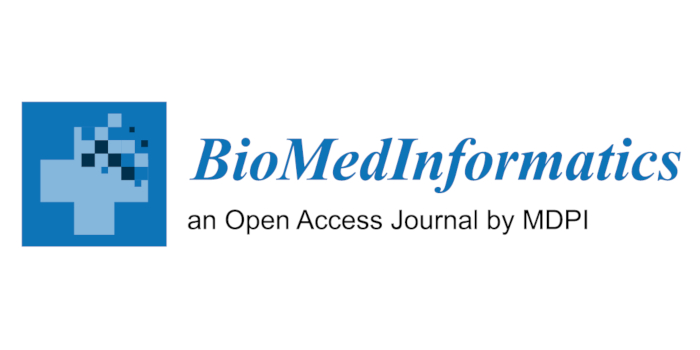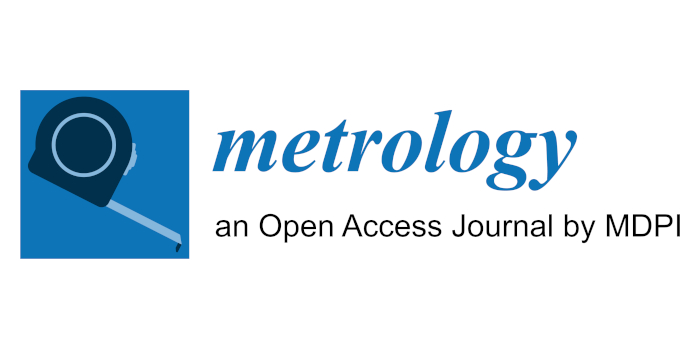SPECIAL SESSION #19
AI for Climate Change emergency
ORGANIZED BY
Stefania Amici
National Institute of Geophysics and Volcanology (INGV)
Dario Spiller
Sapienza University of Rome, Italy
Alessandro Sebastianelli
European Space Agency
ABSTRACT
Numerous studies have been conducted to evaluate the impact of human activities such as fossil fuel burning and industrial processes proving their correlation with the increase of the atmospheric concentration of greenhouse gases (GHG) and CO2 emissions.
Globally the average temperature has increased by approximately 1.1°C since 1850, mainly due to anthropogenic GHGs while the average Sea Surface Temperature ( SST) has increased by approximately 0.88°C since the start of the 20th century.
Those changes are affecting the planet Earth at both local and global scales. Negative consequences can be seen in the ocean system (e.g. ice melting, sea level rise, acidification, marine heatwaves and deoxygenation), in the terrestrial system (e.g. alteration of the soil, vegetation and land ice) and biosphere (e.g rapid biodiversity loss, rise in agricultural crop insect pest, negative effect on pollinator).
Natural hazards (e.g. wildfires, drought, floodings, cyclones) are becoming more intense, frequent and changing their pattern.
In order to ideally reverse those adverse effects, the causes should be addressed on a global scale while implementing mitigating actions which optimize the use of the large amount of data available from multiple sources including -but not limited to- laboratory, in situ from air/space, Earth Observation.
This session focuses on the use of artificial intelligence (AI) in support of climate change issues, considering different measurement and data sources, and different thematic areas such as natural hazards, climate modeling, temperature increase, GHGs detection, classification and segmentation of climate change related data, etc.
MAIN TOPICS
The list of the topics includes (but are not limited to):
- Online multi-source data processing and real-time interaction with AI
- Virtual and augmented reality for data collection
- Data fusion with AI
- Climate change modeling through AI
- Non-invasive measurements
- Applications, Typical Operations, Image appearance and case-studies
- Different data sources (optical, hyperspectral, thermal, SAR, lidar, in-situ, etc.)
- Responses of natural systems (biosphere, terrestrial system, ocean system, etc.) to climate change by means of AI
- Natural hazards
- AI and emerging technologies (e.g. quantum computing, neuromorphic computing, etc.) to address climate change
ABOUT THE ORGANIZERS
Dr Stefania Amici is senior remote sensing scientist passionate about developing and adapting methods and techniques for landscape fires characterization to be used in new generation of space borne sensors. She holds a Physics degree and a PhD in Earth science. She has worked as Remote Sensing and GIS teaching fellow Liverpool John Moore University and the University of Aberistwyth. She is currently working at the National Institute of Geophysics and Volcanology as technologist-researcher. Her research explores the data with a broad range of techniques that includes Remote Sensing, validation and ground truthing and composition study of surfaces through VNIR-TIR Remote sensing and imaging spectroscopy. She uses unique spectral feature in VINIR –SWIR to map phenomena (flaming maps, volcanic rock mapping). Data processing techniques includes supervised classification methods (i.e. Support Vector Machine), spectral indexes and new algorithms development.
Dario Spiller. Assistant professor at the School of Aerospace Engineering, Sapienza University of Rome. He has worked as post-doc at the ϕ-lab of ESA - Esrin for two years. His main research interests are the development of machine learning software for ground and onboard applications, remote sensing, and new space mission concepts. He collaborated on different projects with many international agencies such as Unicef, World Food Programme, FAO. He contributed on different research studies related to the monitoring of the earth, epidemics (Dengue) and pandemic (Covid-19) relationships to environmental variables, wildfire detection from hyperspectral remote sensing data (PRISMA data).
Alessandro Sebastianelli. IEEE Student Member. Graduated with Laude in Electronic Engineering for Automation and Telecommunications at the University of Sannio in 2019. He is completing the Ph.D. program with the University of Sannio, and he is now working as Research Fellow at the ESA ϕ-lab - Esrin on Quantum Computing. His research topics mainly focus on Remote Sensing and Satellite data analysis, Artificial Intelligence techniques for Earth Observation, Quantum Computing and data fusion. He has co-authored several papers to reputed journals and conferences for the sector of Remote Sensing. He has won an ESA OSIP proposal titled “AI-powered cross-modal adaptation techniques applied to Sentinel-1 and Sentinel-2 data” in August 2020 presented with his Ph.D. Supervisor, Prof. Silvia L. Ullo. IEEE GRS29-Italy 2020 award for the three best master’s degree theses in Geosciences and Remote Sensing.





